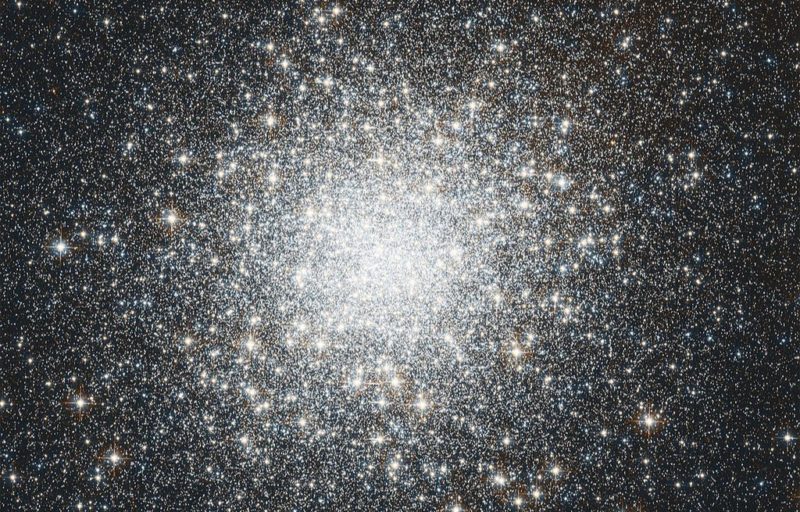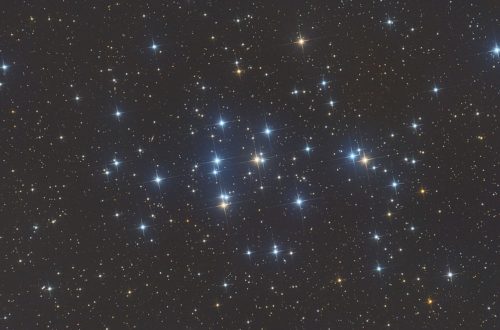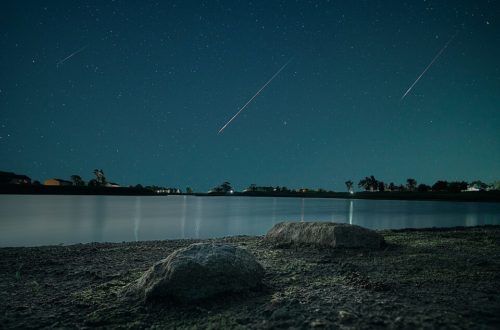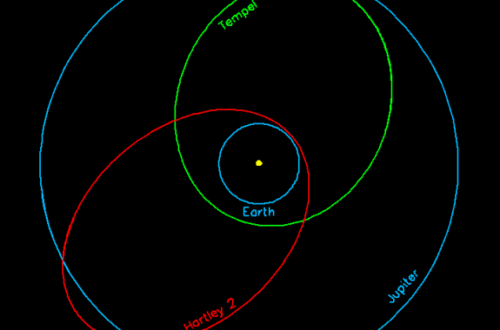Why Are Star Clusters Ideal Laboratories for Stellar Evolution?

Stellar evolution, the study of how stars change over time, is an essential field in astronomy. Although we cannot observe individual stars’ entire lifetimes, we can make educated guesses about what happens to them based on their physical properties and the physical laws that govern them. Star clusters are considered the ideal laboratories for studying stellar evolution, and there are good reasons why.
What are Star Clusters?
A star cluster is a group of stars that are gravitationally bound together. There are two main types of star clusters: open clusters and globular clusters.
- Open Clusters: Open clusters are groups of up to a few thousand stars that exist in the Milky Way’s disk, as well as other galaxies. These clusters are relatively young, and the stars in them are loosely bound together. The stars were all formed from the same giant molecular cloud at roughly the same time.
- Globular Clusters: Globular clusters are much older than open clusters and contain between tens of thousands to millions of stars. They exist in the galactic halo, a region surrounding the Milky Way’s disk. They can also be found in nearly all other galaxies. The stars in globular clusters are densely packed and strongly bound together, forming a spherical shape.

What Makes Star Clusters Ideal Laboratories for Stellar Evolution?
Star clusters have a few key properties that make them ideal laboratories for studying stellar evolution and testing theories:
Age
Star clusters are a snapshot of stellar evolution at a particular point in time. We can determine the age of a star cluster from the properties of its stars, such as their temperature, luminosity, and composition. By studying star clusters of different ages, we can observe how the properties of stars change over time.
Stellar Populations
Star clusters can contain stars of different masses, ages, and compositions, allowing researchers to study a range of stellar populations. This variability allows researchers to see how different types of stars evolve over time and learn more about the physical processes that govern stellar evolution.
Proximity
Many star clusters are relatively close to the Earth, making them easier to observe. This proximity allows researchers to perform detailed studies of individual stars within the cluster and observe the differences in their properties.
Homogeneity
Star clusters are relatively homogeneous, meaning that the stars within a cluster have similar ages and compositions. This homogeneity reduces the complexity of the stellar systems, making it easier to isolate the physical processes that govern stellar evolution.
Conclusion
In summary, star clusters are ideal laboratories for studying stellar evolution for a few key reasons. Their age, stellar populations, proximity, and homogeneity allow researchers to observe and study a range of stars in a single location easier. Thanks to these properties, the findings from studying star clusters have contributed immensely to our understanding of how stars evolve.
Sources:
- Jason S. Kalirai and Harvey B. Richer. Star clusters as laboratories for stellar and dynamical evolution, The Royal Society Publishing (2010). DOI:/10.1098/rsta.2009.0257
- Chelsea Gohd. Star Clusters: Inside the Universe’s Stellar Collections, NASA Science Universe Exploration (2023). https://universe.nasa.gov/news/235/star-clusters-inside-the-universes-stellar-collections/
Would you like to receive similar articles by email?





